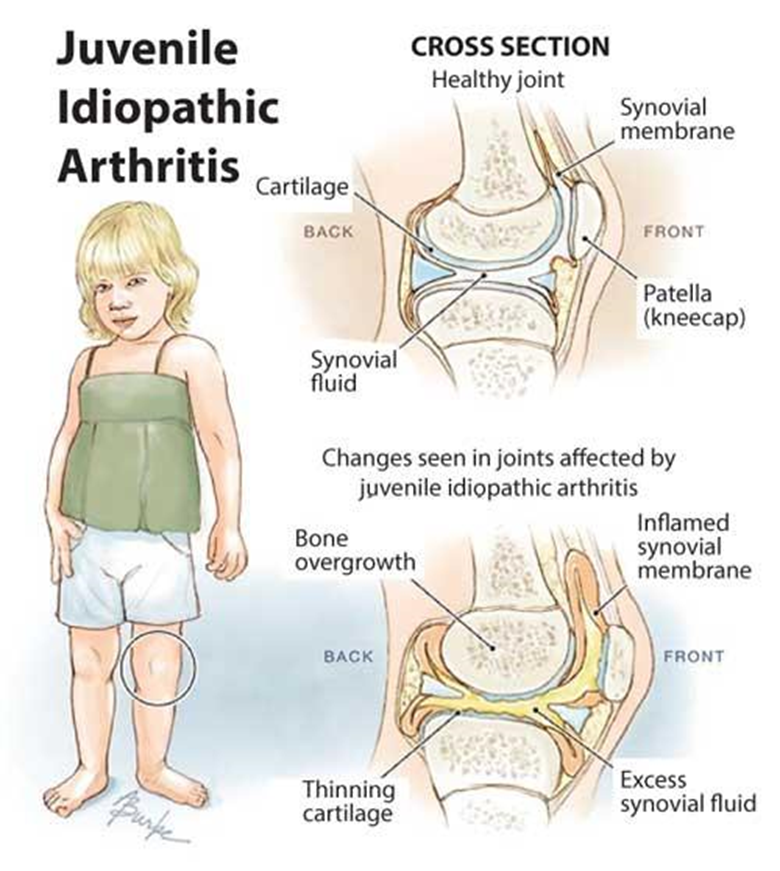A nurse is preparing to administer a vaccine into the deltoid muscle of a preschooler. Which of the following actions should the nurse take?
Use a 20 gauge needle
Insert the needle just below the acromion process
Insert the needle at a 15 degree angle
Use a 1.8 mm (0.5 in) needle
The Correct Answer is D
Choice A reason: Using a 20 gauge needle is not the best action, as it is too large for a preschooler's deltoid muscle. A 20 gauge needle has a diameter of 0.9 mm, which may cause more pain and tissue damage. A smaller gauge needle, such as a 23 or 25 gauge, is recommended for intramuscular injections in children.
Choice B reason: Inserting the needle just below the acromion process is not the best action, as it may not reach the deltoid muscle. The acromion process is the bony prominence at the top of the shoulder. The deltoid muscle is located on the lateral aspect of the upper arm, about two finger widths below the acromion process. The nurse should palpate the acromion process and measure the distance to the injection site.
Choice C reason: Inserting the needle at a 15 degree angle is not the best action, as it may not penetrate the muscle tissue. A 15 degree angle is used for intradermal injections, which are given into the dermis, the layer of skin below the epidermis. Intramuscular injections are given into the muscle tissue, which requires a 90 degree angle. The nurse should hold the syringe perpendicular to the skin and insert the needle quickly and firmly.
Choice D reason: Using a 1.8 mm (0.5 in) needle is the best action, as it is the appropriate length for a preschooler's deltoid muscle. The length of the needle should be based on the child's age, weight, and muscle mass. A 1.8 mm (0.5 in) needle is suitable for children who weigh less than 12 kg (26 lb). A longer needle, such as a 2.5 mm (1 in) needle, may be used for children who weigh more than 12 kg (26 lb).
Nursing Test Bank
Naxlex Comprehensive Predictor Exams
Related Questions
Correct Answer is {"dropdown-group-1":"C","dropdown-group-2":"C"}
Explanation
Choice A reason: Gingival hyperplasia is a condition where the gums become enlarged and inflamed. It is a common side effect of Phenytoin, a medication used to treat seizures. The nurse should educate the client and the guardian about the importance of oral hygiene and regular dental check-ups to prevent or manage this condition.
Choice B reason: Hypoglycemia is a condition where the blood glucose level becomes too low. It is not a common side effect of albuterol, a medication used to treat asthma. Albuterol may cause tremors, tachycardia, or nervousness, but not hypoglycemia.
Choice C reason: Status epilepticus is a condition where seizures occur repeatedly without recovery. It is a medical emergency that requires immediate treatment. It may be triggered by exercise, but not necessarily. The nurse should ensure that the client has their seizure medication and rescue inhaler available at all times and knows how to use them.
Choice D reason: Bronchospasm is a condition where the airways become narrowed and obstructed. It is a common symptom of asthma, but not a side effect of Phenytoin. Phenytoin may cause other adverse effects, such as rash, nausea, or drowsiness, but not bronchospasm.
Correct Answer is B
Explanation
Choice A reason: Encouraging the child to take a 45 min nap daily is not a helpful instruction, as it may interfere with the child's normal sleep pattern and school schedule. The child may benefit from regular rest periods throughout the day, but not necessarily a long nap. ⁵
Choice B reason: Administering prednisone on an alternate day schedule is a helpful instruction, as it is a common way of prescribing corticosteroids for children with juvenile idiopathic arthritis. Corticosteroids are used to reduce inflammation and control symptoms, but they have many side effects, such as growth suppression, weight gain, and osteoporosis. Giving the medication every other day may reduce some of these side effects and improve compliance. ⁶

Choice C reason: Applying cool compresses for 20 min every hour is not a helpful instruction, as it may cause skin damage and discomfort. Cool compresses may be useful for acute inflammation, but not for chronic arthritis. Warm compresses or baths may be more soothing and beneficial for the child's joints. ⁷
Choice D reason: Allowing the child to stay at home on days when her joints are painful is not a helpful instruction, as it may lead to social isolation, academic difficulties, and reduced physical activity. The child should be encouraged to attend school and participate in activities as much as possible, with appropriate accommodations and modifications if needed. The child may also benefit from physical therapy, occupational therapy, and pain management strategies. ⁸
Whether you are a student looking to ace your exams or a practicing nurse seeking to enhance your expertise , our nursing education contents will empower you with the confidence and competence to make a difference in the lives of patients and become a respected leader in the healthcare field.
Visit Naxlex, invest in your future and unlock endless possibilities with our unparalleled nursing education contents today
Report Wrong Answer on the Current Question
Do you disagree with the answer? If yes, what is your expected answer? Explain.
Kindly be descriptive with the issue you are facing.
